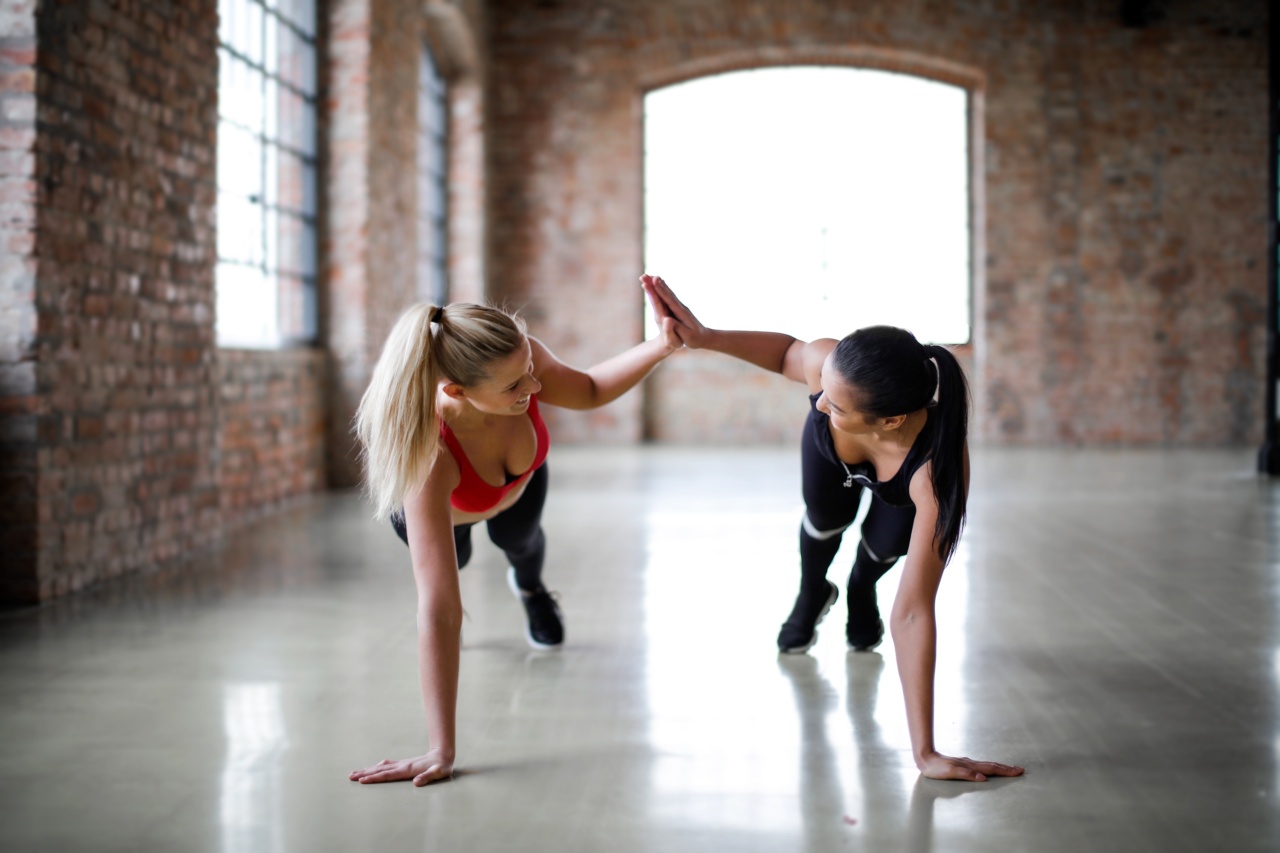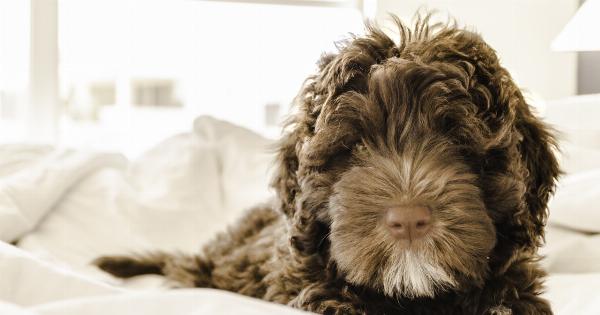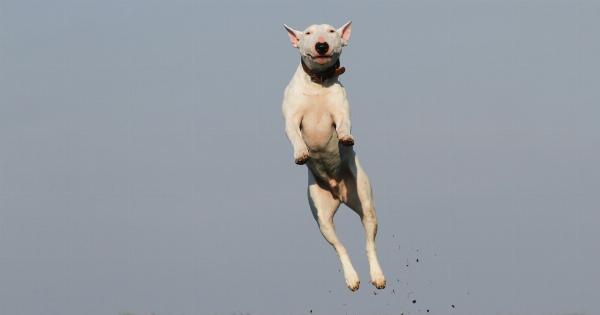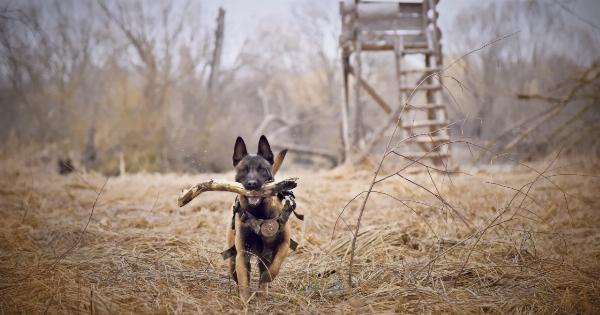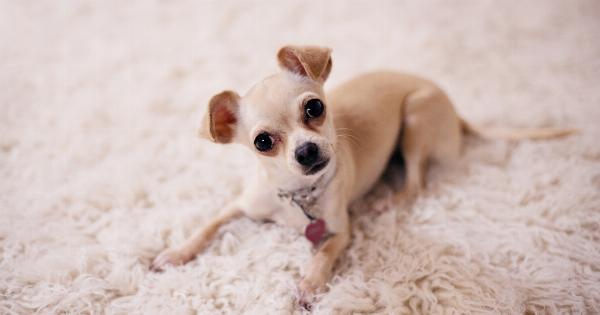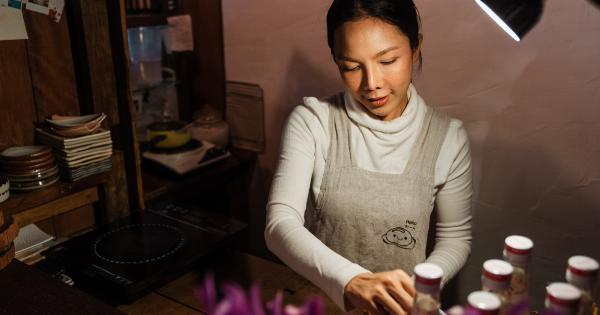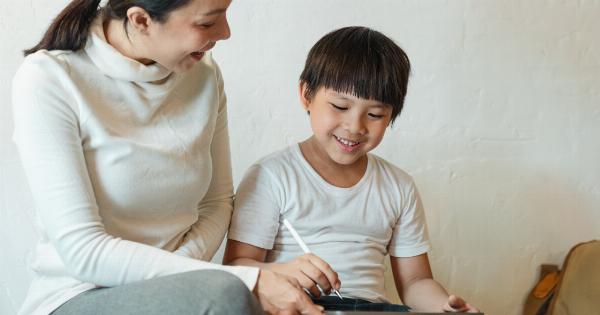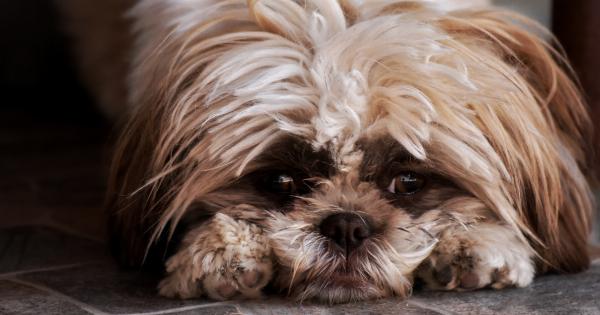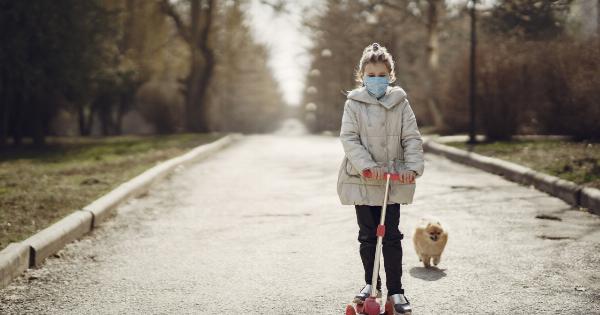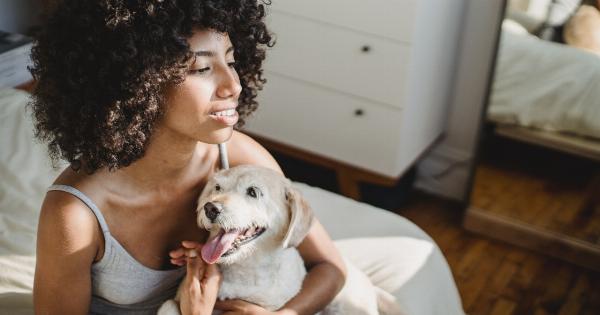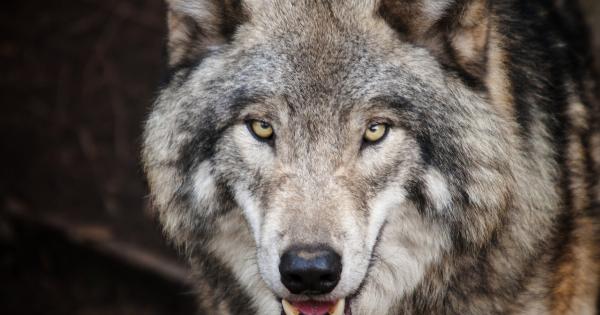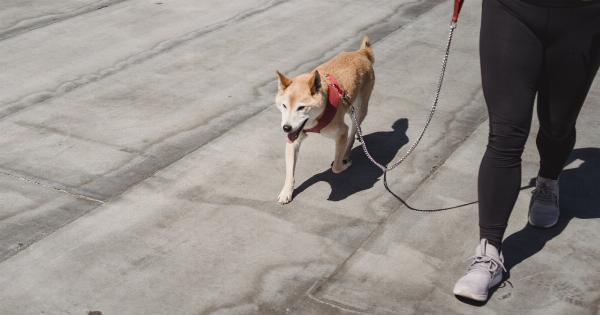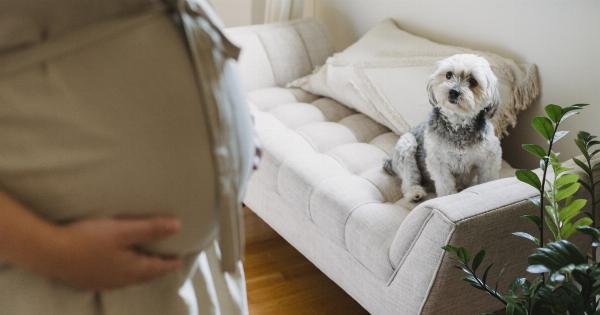Bringing a new puppy into your home can be an exciting and rewarding experience. However, it also comes with the responsibility of training your furry friend to become a well-behaved and obedient dog.
Proper puppy training is crucial to ensure that your puppy grows up to be a well-adjusted and happy adult dog.
1. Basic Commands
The first area to focus on when training your puppy is teaching basic commands.
These commands include “sit,” “stay,” “down,” and “come.” Teaching your puppy these commands will help establish you as the pack leader and will make your puppy more responsive to your instructions.
Start by using treats as rewards and practice these commands in a quiet and distraction-free environment. Use positive reinforcement such as treats, praise, and petting to reward your puppy when they follow the command correctly.
Consistency is key during this stage of training.
2. Potty Training
Potty training is another essential aspect of puppy training. Teaching your puppy where and when to do their business will save you from countless accidents and frustration. Start by establishing a regular feeding and potty schedule.
When your puppy wakes up, after each meal, and before bedtime, take them to the designated potty area outside. Use a consistent command or cue to let your puppy know it’s time to go potty.
Be patient and give them plenty of time to sniff around and find the right spot. When your puppy successfully goes potty outside, reward them with praise and treats.
If accidents happen indoors, never punish your puppy. Instead, clean up the mess calmly and make a note to watch for signals that your puppy needs to go outside.
Consistency, patience, and positive reinforcement will help your puppy become fully potty trained.
3. Socialization
Socialization is a vital part of your puppy’s training. Exposing them to new environments, people, animals, and experiences at an early age will help them become confident and well-behaved in various situations.
Organize playdates with other puppies or well-behaved adult dogs to encourage positive interactions. Gradually introduce your puppy to different sounds, sights, and surfaces.
Take them for walks in different environments, such as parks or city streets, to expose them to various stimuli.
Ensure that all interactions are positive and supervised. Reward your puppy with treats and praise when they behave appropriately during socialization experiences. This will help prevent fear or aggression issues as they grow older.
4. Leash Training
Leash training is essential for both your puppy’s safety and your own. Teaching your puppy to walk calmly on a leash will make your walks enjoyable and prevent them from pulling or getting into unsafe situations.
Start by introducing your puppy to a comfortable and properly fitting collar or harness. Let them get used to wearing it before attaching the leash. Begin in a quiet area with minimal distractions.
Hold the leash loosely and let your puppy explore while you walk beside them. Use treats and praise to reward them for walking without pulling or tugging. If your puppy starts to pull, stop walking and wait for them to calm down before continuing.
Gradually increase the difficulty of the walks by introducing more distractions and busier environments. With consistency and positive reinforcement, your puppy will soon learn to walk politely on a leash.
Conclusion
Training your puppy can be a challenging but ultimately rewarding process.
By focusing on these four areas – basic commands, potty training, socialization, and leash training – you will set your puppy up for success and create a strong bond between you and your furry companion.
